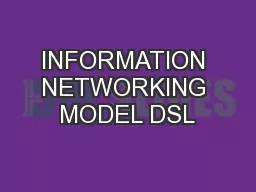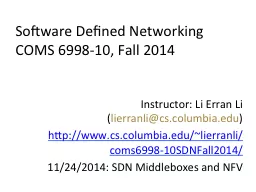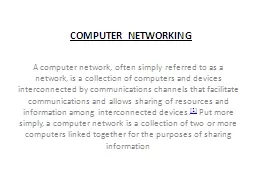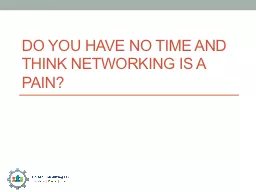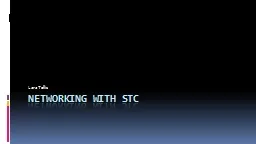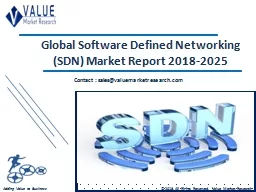PPT-Computer Networking: A Top
Author : giovanna-bartolotta | Published Date : 2020-01-05
Computer Networking A Top Down Approach All material copyright 19962016 JF Kurose and KW Ross All Rights Reserved Changes by MA Doman 2016 7 th edition Jim Kurose
Presentation Embed Code
Download Presentation
Download Presentation The PPT/PDF document "Computer Networking: A Top" is the property of its rightful owner. Permission is granted to download and print the materials on this website for personal, non-commercial use only, and to display it on your personal computer provided you do not modify the materials and that you retain all copyright notices contained in the materials. By downloading content from our website, you accept the terms of this agreement.
Computer Networking: A Top: Transcript
Download Rules Of Document
"Computer Networking: A Top"The content belongs to its owner. You may download and print it for personal use, without modification, and keep all copyright notices. By downloading, you agree to these terms.
Related Documents


